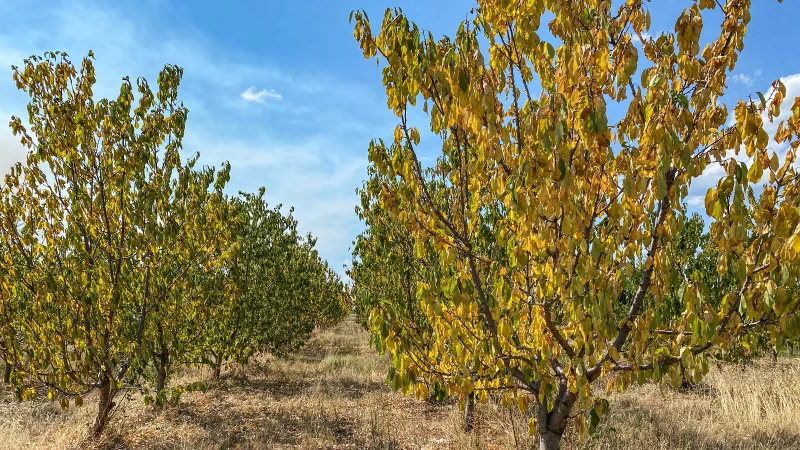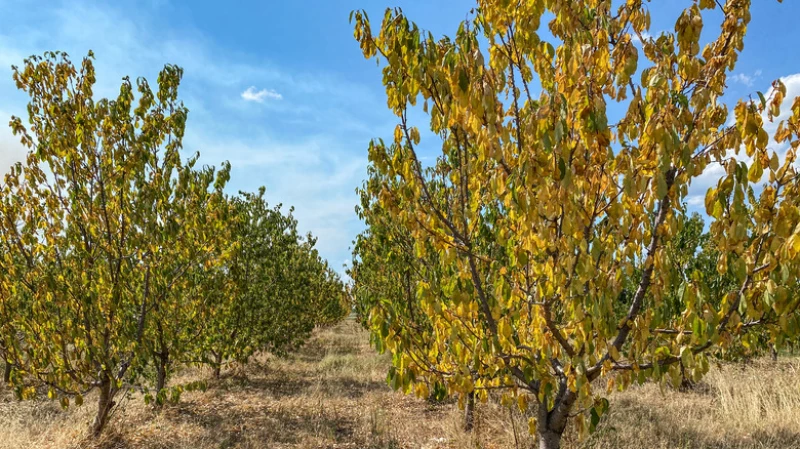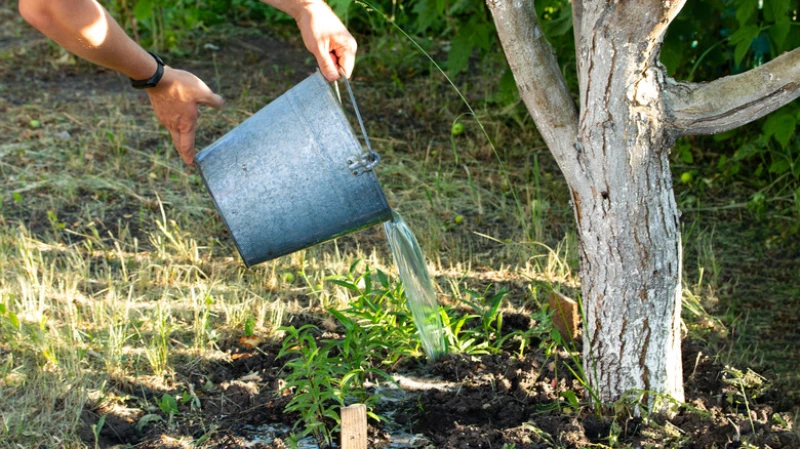Having fruit trees in your backyard can be a magical experience. The first signs of spring bring glorious blossoms that add vibrant beauty and color to your outdoor space. In the summertime, the lush green foliage breathes life into the surroundings. However, the real treasure lies in the sweet fruits that these trees bear, promising a bountiful harvest later in the season. Despite all the benefits, it can be worrisome when issues arise. One common problem that plagues fruit trees is the yellowing of leaves. Not only is it unsightly, but it also raises concerns about the tree's health.
Environmental stressors and lack of water
Excessive heat or prolonged droughts can cause quite a bit of stress on trees and bring about problems two-fold. For one, after several weeks of strain, your fruit trees will go into survival mode by redirecting resources away from the leaves as a way to conserve water. This will result in a yellowing appearance on the foliage. To take it a step further, a long dry spell of weather can cause your tree to become dehydrated — likewise, in this case, the leaves will start to drop and change color too because the tree will have a harder time taking up essential nutrients from the ground. The good news here is the solution at hand is really rather simple and obvious — your tree needs to be watered.
When caring for your fruit tree, it's important to ensure it receives an adequate amount of water. A simple way to determine if your tree needs watering is by using the screwdriver method. If the soil around the tree is dry and hard, it's time to give it a good soak. Additionally, you can save time watering by trying out a bucket hack. To help retain moisture, consider adding a layer of mulch around the base of the tree, especially during the hotter months.
Fruit tree may have nutrient deficiency
Yellowing leaves on a fruit tree could be a sign of a nutrient deficiency. This is a common issue that can often be resolved by enriching the soil with the necessary nutrients. Nutrient deficiencies like lack of manganese, zinc, or iron can lead to yellow leaves, particularly in the case of interveinal chlorosis caused by iron deficiency. Testing the soil and applying a balanced fertilizer can help address the issue and revitalize the tree.
In some cases, yellowing leaves may be a natural part of the tree's growth cycle as it reallocates nutrients from older leaves to support new growth. As long as the tree is showing signs of new growth, there's likely no cause for concern!









